People often get confused between drawbar pull and rim pull and often use the terms interchangeably.
Drawbar Pull – Pull available from the vehicle (think pulling from a hitch in the rear of the machine)
Rim Pull – Pull available at the rim of each driving wheel (some people say it is from all wheels combined)
For both of these, tests are typically done on a level surface with your given operating terrain. The results you get with sand would be very different than on cement, and very different from what you will get in snow.
Basically, drawbar pull is the pulling force, or pulling ability, of a vehicle. The definition of drawbar pull is the towing force of a truck or other industrial vehicle, exerted at its coupler (or equivalent) in the direction of motion of the coupling point. Drawbar pull is typically expressed in pounds or Newtons
To measure drawbar pull you can typically tie a rope to the center rear of the vehicle (near where a hitch would go) and attach the other end of the rope to an adjustable load. This adjustable load can either be a programmable load (such as a particle brake) or actual physical weights that are added. At the most basic level this will tell you how much the machine can pull.
In practice we look at the amount of slip exhibited by the wheels for different loads. To do this we need to have an independent way of determining machine position. This is often done with a long string potentiometer or a total station.
Here is a comprehensive study done on how drawbar pull influences the weight distribution on a tractor, which also applies to other construction machines.
Rim pull is harder to measure in most cases. The easiest way is if a force sensor is integrated into the machine to measure force on the wheel. The other way to do this is to drag a wheel through your desired surface and measuring those forces on the wheel (as opposed to on the machine itself).

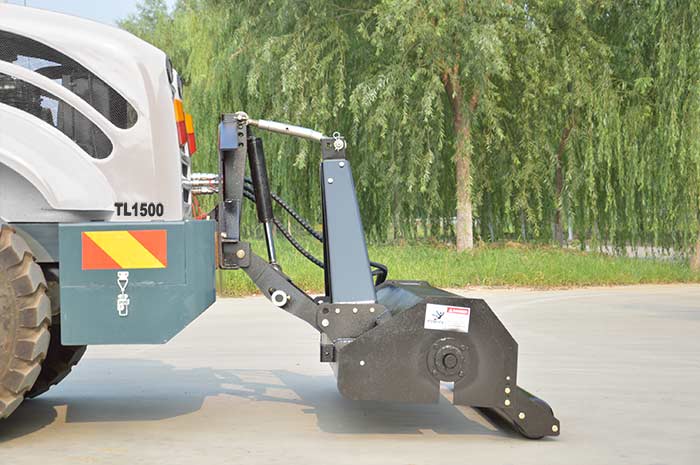

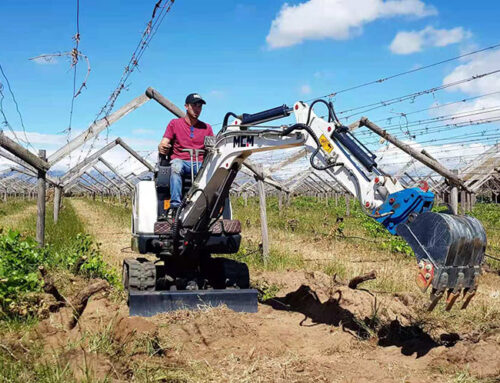
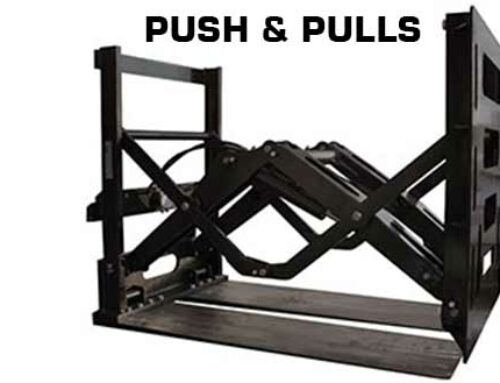
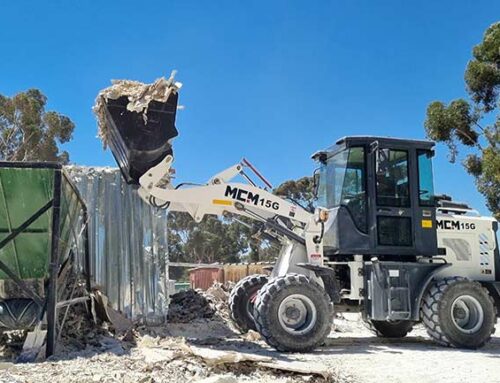
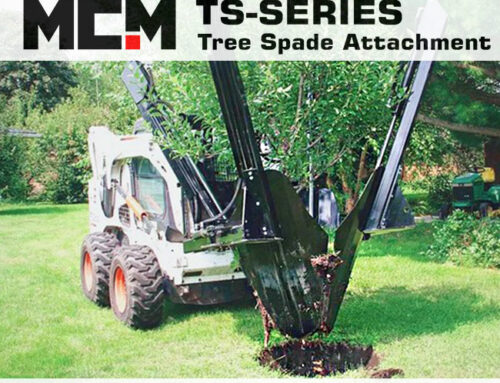
Leave A Comment